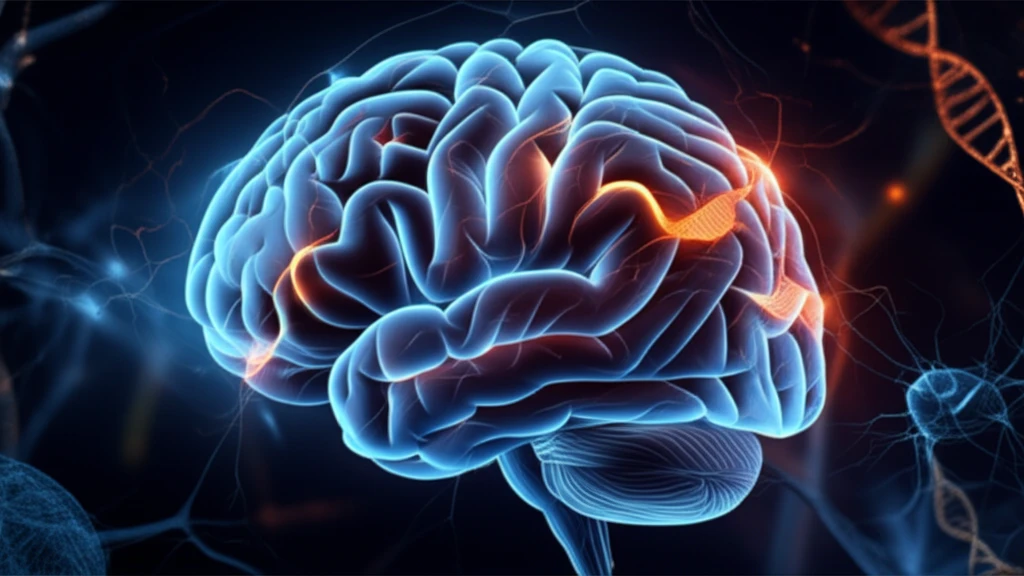
Decoding Brain Development: How DOT1L Shapes Our Cerebral Cortex
"New research illuminates the critical role of the DOT1L protein in neuronal growth and layer formation, paving the way for understanding and potentially addressing developmental disorders."
The development of the cerebral cortex, the brain's command center for higher functions, is a tightly choreographed process orchestrated by transcription factors. These factors activate specific genetic programs that guide cells to their correct location and function within distinct layers of the cortex. However, the mechanisms ensuring the stable inheritance of these functions are only partially understood.
A groundbreaking study sheds light on the crucial role of the DOT1L protein in this process. Researchers have discovered that DOT1L, through its influence on chromatin methylation, plays a key role in regulating cell division, neuronal layer identity, and the expression of genes that shape the developing brain. Understanding how DOT1L functions is critical, as disruptions in this process can lead to neurodevelopmental disorders.
This article explores the findings of the study, explaining how DOT1L promotes progenitor proliferation and primes neuronal layer identity in the developing cerebral cortex. We will delve into the impact of DOT1L on cell fate, gene expression, and the formation of the six distinct layers of the cortex, providing insights into the intricate mechanisms that build our brains.
DOT1L: The Architect of Cortical Layers

The study reveals that DOT1L acts as a critical regulator of early brain development. By influencing chromatin methylation at H3K79, DOT1L impacts the cell cycle and influences the transcriptional programs that dictate upper layer identity in early progenitors. In essence, DOT1L helps to prevent premature differentiation, ensuring that the right types of neurons are generated at the right time and in the right place.
- Promoting Progenitor Proliferation: DOT1L increases the expression of genes like Vangl2 and Cenpj, which regulate asymmetric cell division, a process crucial for expanding the pool of progenitor cells.
- Maintaining Neuronal Identity: DOT1L supports the expression of genes like SoxB1, essential for progenitor cell identity.
- Layer Organization: DOT1L is critical for the proper distribution of deep layer neurons expressing TBR1, CTIP2, and SOX5, as well as the activation of transcriptional programs characteristic of upper layer neurons (Satb2, Pou3f3, Cux2).
Implications and Future Directions
This research provides valuable insights into the intricate mechanisms that govern brain development, highlighting the critical role of DOT1L in ensuring proper cell fate, proliferation, and layer formation. By identifying DOT1L as a key regulator of these processes, the study opens new avenues for understanding and potentially addressing neurodevelopmental disorders.
Further research is needed to fully elucidate the downstream targets of DOT1L and how its activity is regulated during different stages of brain development. Understanding these details will be crucial for developing targeted therapies for disorders linked to DOT1L dysfunction.
Ultimately, this work emphasizes the importance of epigenetic mechanisms in shaping our brains and provides a foundation for future studies aimed at unraveling the complexities of neurodevelopmental disorders.
